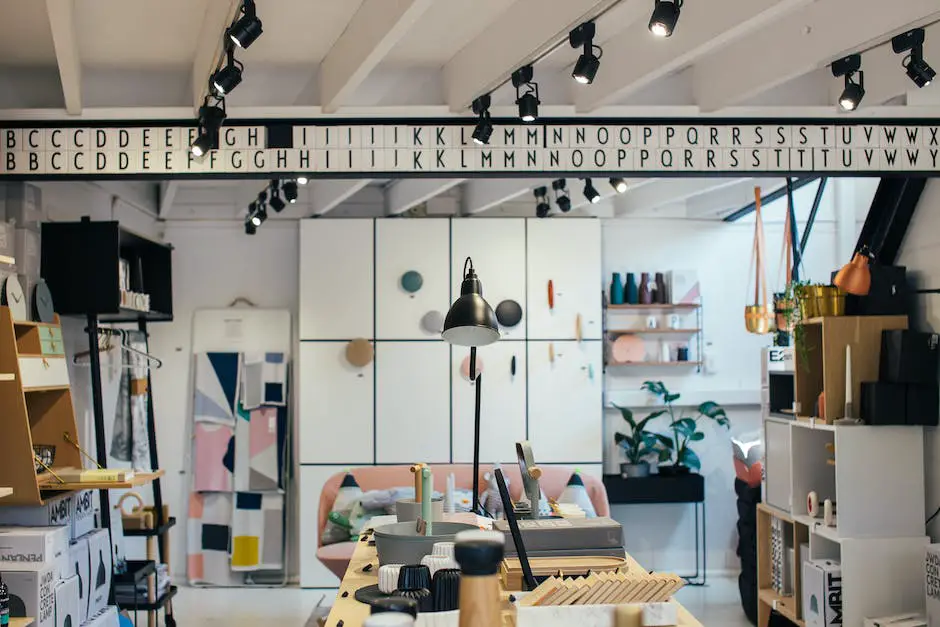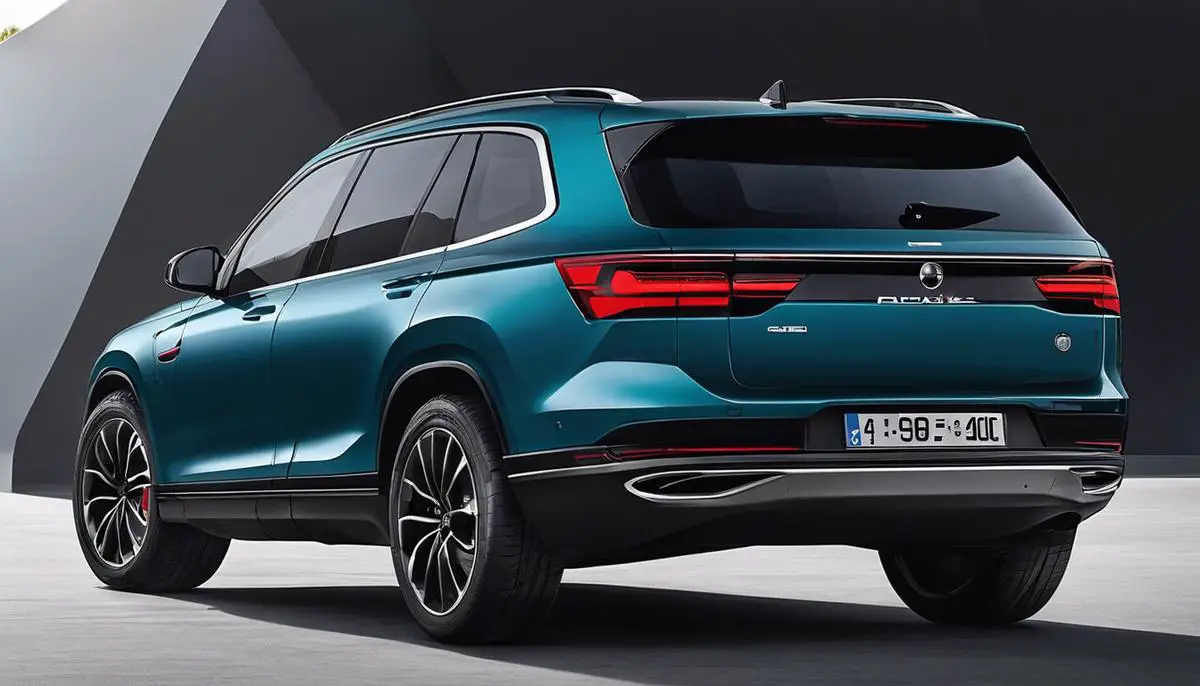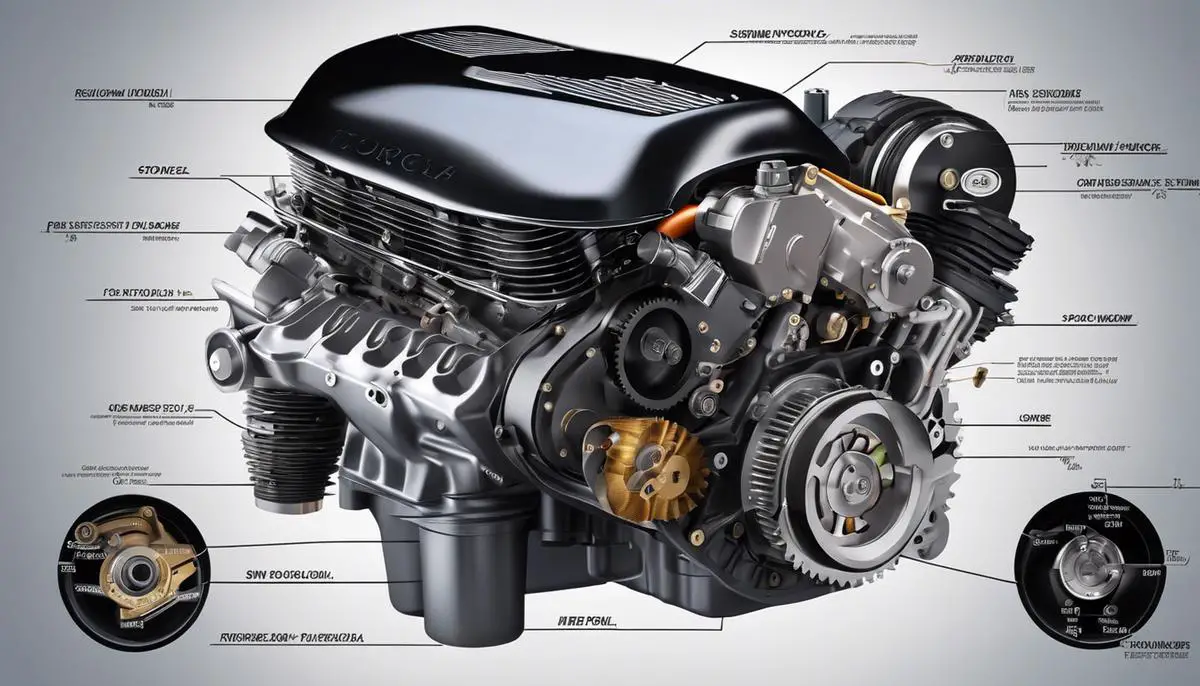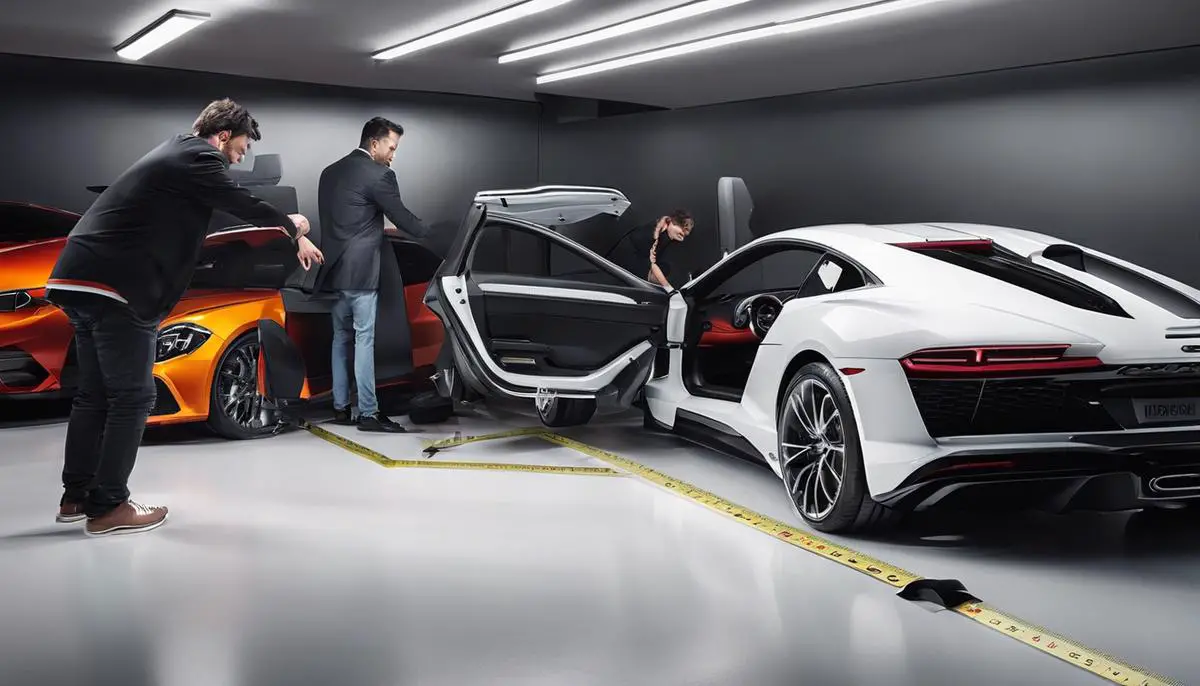Imagine you’re preparing for a long road trip and you’re trying to fit all your essentials into your vehicle. You might think that the larger the car, the more storage space you would have for all your stuff. These preconceived ideas, however, do not always hold true when it comes to car sizes and their storage capacity. In this exploration, you’ll delve into the world of automotive design to understand how different types of cars, including compact cars, mid-size sedans, SUVs, and trucks, are designed to offer varying levels of storage space. Through this journey, you will dig into the influences of design elements, practical storage tricks and tips, and even cases where bigger doesn’t necessarily mean more.
Contents
Understanding Car Sizes
Little is more satisfying to car enthusiasts than diving deep into the nuanced intricacies of their favorite four-wheeled machines. One fascinating topic to delve into is how the size of a car impacts its storage capacity. Understanding this correlation can open up new dimensions of enjoyment for car hobbyists, and we’re here to help unravel this mystery.
To begin, it’s logical to presume that larger cars yield more storage space, but the truth is slightly more complicated. Factors influencing storage space aren’t limited to the overall dimensions of a vehicle. The car’s design, purpose, and class also play vital roles.
When we speak of size, it’s easy to think about length and width, but ignore height. However, height often has a significant impact on a car’s storage capacity. For example, minivans and SUVs illustrate how effective height can be in maximizing storage capacity. Their famously tall frame accommodates more cargo volume compared to the flatter designs of sports cars and sedans.
Another key ingredient in the storage capacity soup is seating configuration. A typical sedan, even though it may be long, will only offer significant storage in the trunk area, as the rest of the car is occupied by the seating arrangement. However, the flexible seating of SUVs and minivans allow for ingenious configurations that substantially increase storage space. Convertible seats or those with a fold-flat feature transform the interior into a cavernous cargo area.
We also have to tip our hats to the beautifully ingenious designs of smaller cars. Hatchbacks or compact SUVs show that smart design can maximize storage without pushing the car’s overall dimensions. Their rear seats are often designed to fold flat, creating roomier storage areas without sacrifices to passenger space.
Next, one could consider the engine and its placement. Smaller, fuel-efficient engines often afford cars with more space that’s convertible to storage. Sure enough, this isn’t always the case as some compact models have decently sized storage areas despite larger engines, but it’s worth acknowledging.
In short, while a larger size may give a car the edge when it comes to potential storage space, various other dimensions come into play. From design ingenuity to manufacturing purpose, an array of elements can assist even smaller cars in maximizing their use of space to provide ample storage. So, next time you’re out car shopping or talking shop, remember – size isn’t everything when it comes to storage in the wonderful world of cars!

Design Elements Affecting Storage
Delving Further: Design Aspects Impacting Your Car’s Storage Capacity
When wheeling towards shopping destinations, family getaways, or camping trips, a car bursting with capaciousness is a vision of harmony. But have you ever been absorbed in the idea of what elements dictate your car’s storage capacity? Apart from the height, seating configuration, engine size, and sheer dimensions, there are other pivotal design considerations affecting how much your vehicle can actually accommodate.
The position of fuel tanks, for one, can have a striking influence on storage. By smartly tucking the fuel tank under the front seats or within the central axis of the car, manufacturers have been able to increase rear cargo volume – thereby maximizing the overall storage capacity. Toyota’s ‘Geometric Emancipation’ is a great example of intelligent fuel tank placement.
The considered shape and flexibility of the cargo area also shape how usable the storage space will be. A regular box shape with less intrusion from wheel arches will generally yield more useful cargo space. Case in point, look at the design of many sport utility vehicles (SUVs). Despite having a compact body, they offer practically designed trunks, accommodating more cargo due to their cubic shape.
Last but not least, the type of doors used in cars contributes meaningfully to storage space functionality. Hatchback rears (“fifth door”), for instance, allow for larger items to be loaded more easily, while side sliding doors on many minivans offer increased versatility for cargo and passenger entry alike.
Finally, ponder the scaling back on sound insulation materials, which although may increase road noise slightly, can yield more interior space. This shaving of weight, and freeing-up of areas usually full of sound-battling heft, can present the opportunity of stowage spots in typically unused areas.
While the factors mentioned above don’t directly increase the objective measurements of storage space, they can significantly affect the actual, usable storage of a car. When choosing a ride that fits your needs, it’s more than just looking at the cubic feet specification; it’s how those cubics are arranged and applied. Research intelligently and choose wisely, you’ll be surprised at how design nuances can bring magnanimity to your ride. Remember, it isn’t always what meets the eye that matters, but often what lies beneath.

Storage Tricks and Tips
Maximizing the storage space in a car is akin to a game of Tetris. Learning to utilize every available corner can mean the difference between a comfortable ride and a cramped journey. Let’s move beyond the already discussed factors like height, seating configuration, and engine size and placement to explore new ways to maximize your car’s storage capacity. Rest assured, these are practical suggestions; no one will need to conjure up any auto mechanic skills they haven’t got or empty their bank account!
A car’s fuel tank position plays a significant role in shaping up the available storage space. While they typically are placed at the lower part of the car to distribute weight evenly, more innovative designs see them stowed away underneath the seats or in the rear, creating more room in the trunk.
The cargo area’s flexibility and shape can often make or break a car’s storage persona. A rectangular cargo area tends to offer more space than a tapered or irregularly shaped one. The ability to fold-down or slide seats can make the difference between fitting an extra suitcase, or not. Vertical storage might be an underutilized solution in your car; stacking items high can allow for more bulky items below.
The kind of doors a car has can also enhance the functionality of storage space. Wide-opening doors or sliding doors can make it easier to load and unload bulky items. Hatchbacks with their rear-opening tailgates can also offer a more significant loading area, as opposed to a traditional boot opening.
In the question of maximizing space, scaling back on sound insulation materials can be another radical yet effective solution. Some might consider it a trade-off – a bit more noise for considerably more space. Usually, these materials are hidden behind the car’s inner panels. This is a task best approached with professional consultation or, at least, careful research.
Lastly, don’t forget the importance of considering design nuances when settling on a car model. Cubbyholes, hidden compartments, and under-seat storage slots are nifty features to look for if storage space is a prime concern.
In sum, there’s more to cargo space than just the dimensions of the trunk. Like a puzzle, each piece adds to a car’s storage capacity, and knowing how to piece those together can help create a picture of an ideally spacious car. Now the only challenge left is packing everything efficiently, but that’s a topic for another day!

Cases of Misleading Size Perception
Delving into the intricacies of automobile design, it’s clear that innovation and a deep understanding of spatial management often allow smaller cars to outpace their larger counterparts when it comes to storage capabilities. While exterior dimensions definitely have a role to play, other elements also have their part to showcase.
One such component is the vehicle’s wheelbase. Generally, a longer wheelbase results in more interior space which directly impacts the amount of storage available. A clear example would be city cars, often small in dimensions but designed with longer wheelbases that maximize interior volume.
Similarly, the placement of the spare tire can also contribute significantly to storage. Automakers are constantly innovating to find optimal positions for spare tires, sometimes even favoring a ‘tire repair kit’ over a traditional spare, freeing a tremendous amount of storage space in the process.
The interior layout of a car is another vital consideration. Modular designs with movable or removable seats can alter the car’s interior architecture significantly, thereby creating or freeing up storage areas. Some models have changed their entire cabin design to optimize storage, boasting foldable passenger and rear seats which provide extra space when needed.
Even the dashboard plays an integral role in storage capacity. Car manufacturers are now designing dashboards to accommodate storage without compromising the safety or functionality of controls. This can snuggly fit your odds and ends, making your smaller car surprisingly spacious.
Another under-the-radar aspect is the sunroof. While it doesn’t physically contribute to storage space, the perception of spaciousness a sunroof provides can indirectly influence your buying decision. A car that appears more spacious might be interpreted as having more storage.
Last but not least, anticipating and allocating space for hidden compartments contributes not only to the storage but also gives the interior a clean, uncluttered look. Areas below the seats, the sides of the doors, the regions beneath the dashboard can all serve as handy storage locations without impacting the overall dimensions of the car.
Seeing the whole picture now, it’s quite apparent that a car’s storage space isn’t governed by its size alone. And yes, there are indeed cases where a smaller car commands more storage than a bigger model. Here’s to a little bit of knowledge that might make the next car selection a lot more interesting!

So, after this thorough walk-through, it’s evidently clear that bigger doesn’t always mean more in the world of automotive storage space. From analyzing different car models and understanding the significant role of design elements to exploring practical tips, you can see that effective storage is not just about having a larger size but also about incorporating smart design principles. Some smaller cars even trump their larger counterparts in terms of storage, entirely shifting our preconceived perceptions. Remember, while size can play a pivotal role, the real game changer in maximizing storage space is an efficient and smart design approach.



